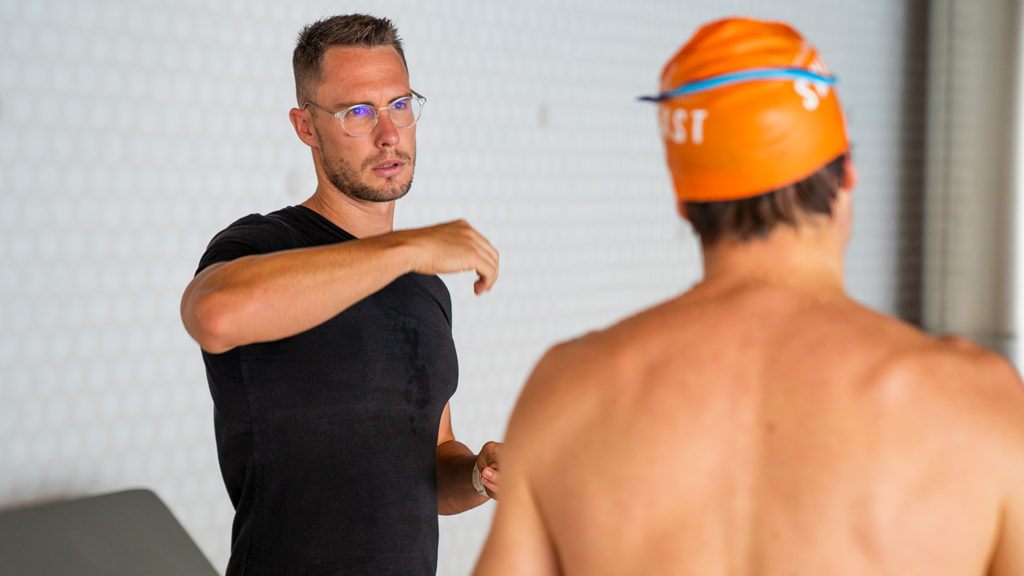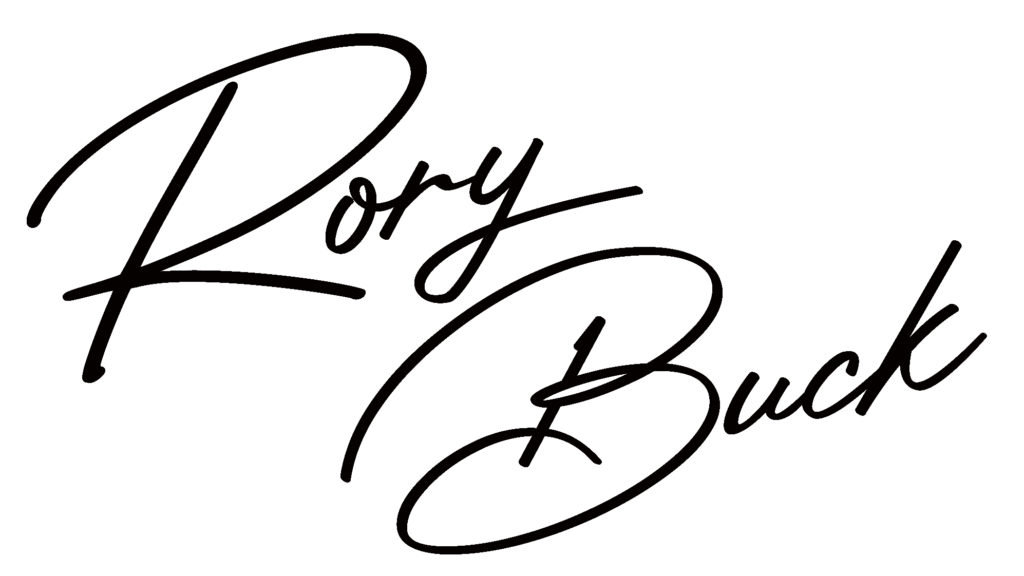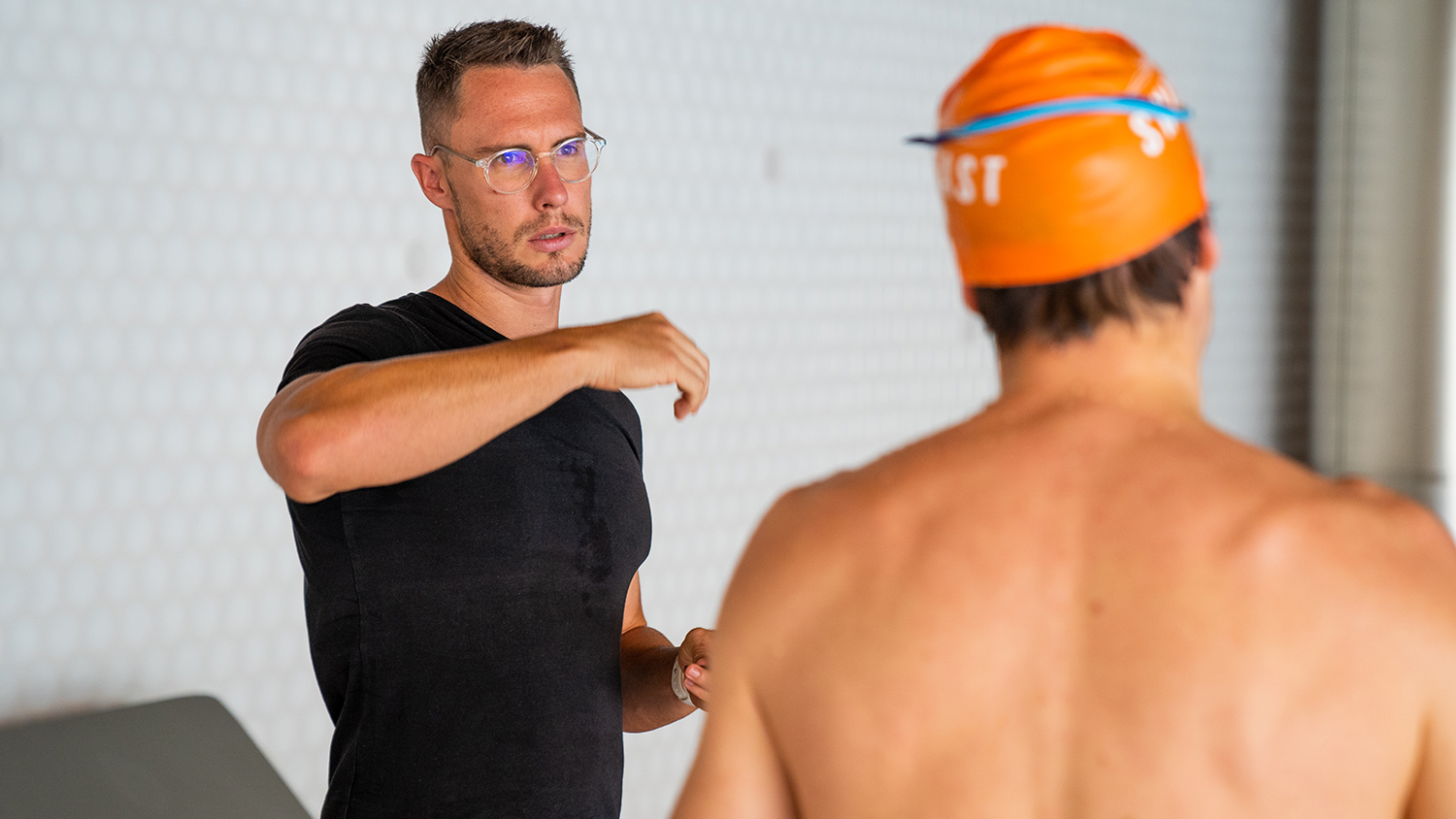Effective Coaching is Iterative

Effective coaching is iterative and evolving.
If I had to draw a picture of this process it would look like this.
The bottom of the hill is where we’ve come from, the top is our ultimate goal. The coach works to find the most effective path up the hill, the athlete pushes the boulder.
There are distinct parts that make up the boulder:
➼ Setting the plan.
➼ Adjusting the plan.
➼ Observation of & feedback on the plan in action.
I know that effective coaching is iterative. But for years I’ve struggled to nail down a system that makes it a reality. Specifically in the context of Age Group Triathletes. This brain dump is an attempt to make sense of what I know and articulate some of the experiences I’ve had.
Part 1: Setting the Plan
To set the plan we gather information. Where we are starting from? Where we want to go? What resources do we have to work with? We then use science. We use models. We take advantage of experience and intuition. And we piece together a sequence & structure that can be practically implemented.
Part 2: Adapt & Adjust
As we begin to execute the plan, things will happen. This is where we differentiate between a plan & coaching. Plans are static. An effective coaching system is dynamic and should evolve as things happen. And things will happen.
Positive things; like we get stronger, we gain clarity, we build confidence. We start to roll that boulder with more purpose and speed.
Other things will happen too. Things we didn’t initially anticipate. Things we can’t control. Things that get in the way. Getting sick for example. Or a change in the work environment, or on the home front. When these things happen we have choices to make.
If the obstacles fall high on our list of life’s priorities; then we must accept them. We must adjust the plan to navigate through or around them.
If the obstacles fall low on our list of life’s priorities; again we must accept them. But we may not need to adjust the plan, rather we learn to live with or tolerate them.
For Example:
⦿ You get sick. Your health (should) sit highest on your priorities in life. So we adjust the plan while you get healthy again.
⦿ You get a promotion at work or land a big project that will needs more work hours. If work is higher than training on your priority list. We adjust the plan to balance out the priorities.
⦿ You become a father / mother. Your family & home environment change. There are different priorities and circumstances. Again, we adjust the plan to balance out the priorities.
Part 3: Observation & Feedback
Coaching is not static. It evolves as situations and circumstances change. That makes it different to any plan. How coaching changes evolve and are implemented lies in observation and feedback.
Is this the most important and most challenging part of the coaching process? I think so.
Observation:
Observation is objective, or at least it should be.
➼ What are the facts?
➼ Are we executing as planned?
➼ Are we adapting to the stress?
➼ Is our progress trending upwards – is the boulder moving?
Feedback:
➼ Feedback is subjective. It layers context on top of the facts.
Humans are not machines and we don’t operate in a closed, simple system. Feedback puts perspective on action & outcome as we navigate lifes complexity.
Without feedback the coaching process is a slightly rigged game of roulette. Coaches will make best guess decisions based on science, models, experience and intuition.
But this is a unique journey up the hill. The set of circumstances around your journey are unique to you. You are not a neat, controlled, science experiment carried out in a lab. You are a sequence of unique DNA layered with unique experiences and responses.
In the context of YOUR plan, YOUR feedback, insight and ideas matter.
Without observation and feedback, we aren’t coaching, we are only planning. So, I think feedback is the most important part of effective coaching.
But feedback is also the most challenging part of the process.
Why Is Feedback So Hard?
There are a few reasons why. I’ll separate them into “Coaches Issues” and “Athletes Issues”
➼ Coaches Issues:
- Effective coaching is very hard to scale.
There are only so many people one coach can manage while remaining effective. Experience helps. Good systems help. Grooming and educating your athletes helps. The right type of athlete helps. But at a point, there are only so many athletes one coach can engage with. If the process is truly transforming & iterative, effective coaching does not scale.
- Business Goals
There are times when “good” coaching and revenue (income) are at odds with each other.
Good coaching always wins in the long run.
But in the short term they can conflict.
⦿ Imagine someone that’s landed a big project at work and has a new baby on the way. They come to you wanting to race their first Ironman.
Adding another athlete is new business & more money. Is more money, or good coaching the priority?
⦿ Imagine someone who’s 10 weeks out from a marathon but is running through an achillies injury. Continuing to train and race is likely to leave them with a long term injury. But if they stop, you lose business.
Again, good coaching always win in the long run, but you can see how “good” coaching and revenue can be at odds.
*Both of these examples have happened to me. I helped the athlete through his Ironman. I did not help the athlete through the marathon.
➼ Athlete Issues:
- Priorities
The athletes goal is not a high enough priority to invest time communicating. Some athletes “don’t have time” to give feedback and engage in this iterative process. “Don’t have time” is simply a matter of priority. These athletes choose to allocate time to other things. They have decided (consciously or subconsciously) those other things more important than communicating.
I am ok with this. As long as the athletes expectations are in line with their priorities too.
- Protection
When big goals are set, big questions will be asked. Limits will be pushed. Struggles will come up. It takes courage to face reality in adversity. If there is doubt about the feasibility of the goal, sometimes it’s easier to keep quiet rather than speak up.
It takes confidence to openly talk about the uncertainty, the ego and the what if’s. The brain says “maybe, if I don’t say anything, when I fail it won’t be my fault”.
➼ Human Issue:
- Communication
The final reason is a “human issue”, it’s real for both athletes and coaches. Real in all areas of life, not just the coaching realm.
Many of us never learned how to effectively communicate.
We haven’t learned how to have hard conversations.
We hold expectations we can’t articulate.
We don’t want to get hurt feeling or hurt someone else’s feelings.
So we keep quiet and hope it all blows over. We’re all prone to avoiding. But engaging in constructive dialogue will help us push the boulder up the hill. Far more effective than keeping quiet.
So how do we build a iterative and evolving coaching system that can be practically implemented?
As with most high quality and valuable things in life, the answer is slowly. Piece by piece.
It starts with setting clear expectations on communication. It’s supported by providing an environment that’s safe and promotes open, honest conversation. It’s progressed by consistency of communication through the process. It’s manintained by upholding the standards you’ve agreed to.
Simple, yes? Easy, I’ll let you know in 12-36 months.

